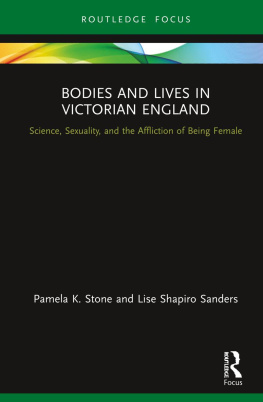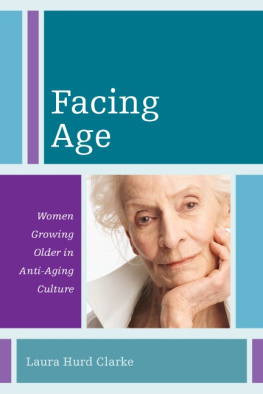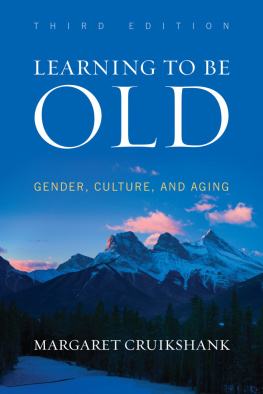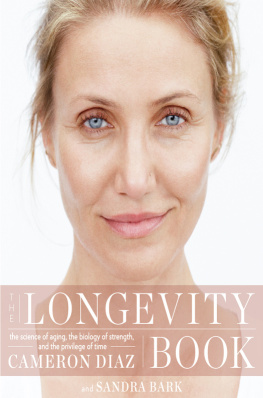Kathryn A. Kirigin - Our Bodies Not Ourselves: Women Aging from Menopause to One Hundred
Here you can read online Kathryn A. Kirigin - Our Bodies Not Ourselves: Women Aging from Menopause to One Hundred full text of the book (entire story) in english for free. Download pdf and epub, get meaning, cover and reviews about this ebook. year: 2018, publisher: Routledge, genre: Romance novel. Description of the work, (preface) as well as reviews are available. Best literature library LitArk.com created for fans of good reading and offers a wide selection of genres:
Romance novel
Science fiction
Adventure
Detective
Science
History
Home and family
Prose
Art
Politics
Computer
Non-fiction
Religion
Business
Children
Humor
Choose a favorite category and find really read worthwhile books. Enjoy immersion in the world of imagination, feel the emotions of the characters or learn something new for yourself, make an fascinating discovery.

- Book:Our Bodies Not Ourselves: Women Aging from Menopause to One Hundred
- Author:
- Publisher:Routledge
- Genre:
- Year:2018
- Rating:4 / 5
- Favourites:Add to favourites
- Your mark:
Our Bodies Not Ourselves: Women Aging from Menopause to One Hundred: summary, description and annotation
We offer to read an annotation, description, summary or preface (depends on what the author of the book "Our Bodies Not Ourselves: Women Aging from Menopause to One Hundred" wrote himself). If you haven't found the necessary information about the book — write in the comments, we will try to find it.
In 1970, the best-seller Our Bodies Ourselves was published. The focus of the authors, the Boston Health Collective, was on the youthful female body: on reproduction, sexuality, genitalia, intimacy and relationships in the context of North American cultural expectations. Our Bodies Not Ourselves is also about the female bodybut on women aging from menopause to 100. Like its predecessor, Our Bodies Not Ourselves covers sexuality, genitalia, intimacy, gender norms and relationships. But the aging womans body has many other issues, from head to toe, from skeleton to skin, and from sleep to motion.
The book, an ethnography and Western cultural history of aging and gender, draws upon history, culture and social media, the authors own experiences as women of 70, and conversations and correspondence with more than two hundred women aged from 60-ish to 100. They consider the cultural and structural frameworks for contemporary aging: the long sweep of history, gendered cultural norms and the vast commercial and medical marketplaces for maintaining and altering the aging body. Part I, The Private Body, focuses on the embodied experiences of aging within our private households. Part II, The Public Body, explores weight, height, and adornment as old women appear among others. Part III, The Body With Others, sets the embodied experiences of aging women within their sexual and social relationships.
Kathryn A. Kirigin: author's other books
Who wrote Our Bodies Not Ourselves: Women Aging from Menopause to One Hundred? Find out the surname, the name of the author of the book and a list of all author's works by series.







